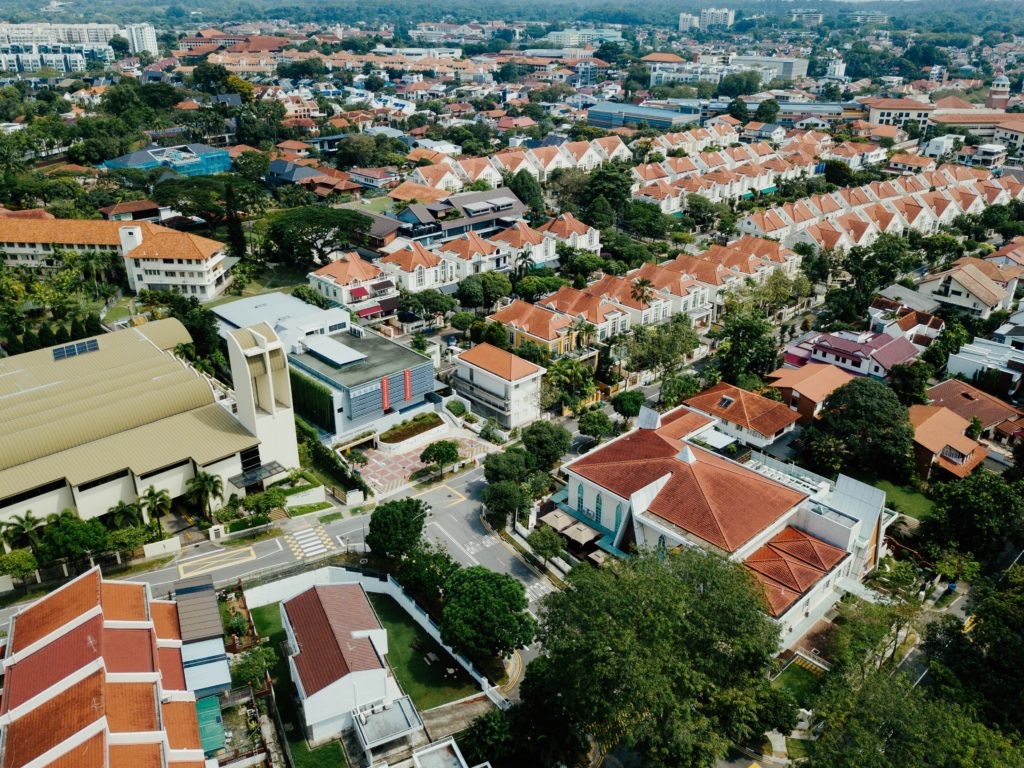Serbia has a developing market economy with a middle-class income. The nominal GDP of Serbia in 2018 was officially assessed by the International Monetary Fund to be $50.651 billion, or $7,243 per capita, while the purchasing power parity GDP was $122.759 billion, or $17,555 per capita. Services make up the majority of the economy, with 67.9% of GDP, followed by industry (26.1%) and agriculture (6.6%). Serbia’s official currency is the dinar (ISO code: RSD), and the National Bank of Serbia serves as the country’s central bank. The single stock exchange in the nation is the Belgrade Stock Exchange, which has a market value of $8.65 billion. Its primary index, the BELEX15, represents the 15 most liquid stocks.
The Balkans are home to the Republic of Serbia. Belgrade is the country’s capital. The service sector, industrial sector, and agricultural sector make up Serbia’s two main economic sectors. A total of 60.8%, 31.3%, and 7.9% of the GDP are made up of the services sector.

Top industries in Serbia
The four largest industries in Serbia:
- Agriculture
- Manufacturing
- Mining
- Construction born out of these sectors.
Agriculture
Due to its good weather, Serbia’s agriculture sector works successfully. In the nation, there are five million hectares of land that can be used for agriculture. 3.3 million hectares of the area utilized for agriculture is arable land. One-fifth of all Serbian exports are agricultural products, which are sold on international markets. With Germany and France making up the majority of the markets, the nation is one of the biggest suppliers of fruits to the European Union market. Exports of food and agricultural products totaled USD 3.2 billion in 2016. Crop cultivation and livestock (and poultry) production make up 70% and 30%, respectively, of total agricultural output. Pork, dairy, poultry, and beef are among the animal goods exported.
Industries in manufacturing
The manufacturing sector made up nearly a quarter of Serbia’s GDP in 2008. Mining, food processing, automobiles, base metals, pharmaceutical chemicals, textiles, and chemicals dominate the sector. Serbia’s pharmaceutical business was worth $1.17 billion in 2008, placing Serbia among the top 20 markets in Central and Eastern Europe. The nation is also well known for producing renowned Tesla devices. The automotive sector in Serbia contributes significantly to the national economy. German businesses dominate the industry. It accounts for 14% of foreign investments in Serbia and 10% of the country’s exports. There are over 40,000 individuals employed in the automotive business. The largest investor in Serbia’s automotive sector is Fiat Chrysler Automobile. The company makes slightly more than 100,000 vehicles annually, the majority of which are exported to markets in the United States, the former Yugoslavia, Russia, and the European Union. 31% of Serbia’s automobile items are imported from Russia.
Mining sector
Coal and gold are among the abundant mineral resources in Serbia. Since mining requires a lot of capital, the nation has welcomed outside investors. Canada and the USA are home to several foreign mining corporations. Additionally, Serbia has more than 100 geological exploration fields where international businesses invest $10–100 million annually. The Kolubara and Kostolac basins include mining reserves, making Serbia the world’s 18th-largest producer of coal. It also ranks as the 23rd-largest copper producer, with RTB Bor Mining Company as the dominant producer. Eastern Serbia contains gold mining regions in towns including Bor, Raska, Majdanpek, Negotin, Zajecar, and Medvedja. The estimated value of Serbia’s mineral resources is $263 billion. Only 3.7 billion USD are mined, nevertheless.
Construction industry and machinery
The nation’s capital is home to the majority of the country’s machine and construction businesses. Due to the development of Serbia’s three largest cities, Novi Sad, Belgrade, and Ni, this industry has expanded quickly. The 2007 global financial crisis had a negative impact. At that time, more than 2,000 construction firms stopped operating, 100 filed for bankruptcy, and more than 20,000 people lost their employment. The building and machine industries suffered from the financial crisis that afflicted the majority of world economies. However, the business rebounded in the years that followed and is currently expanding quickly because of low taxes and significant investments from overseas companies.







